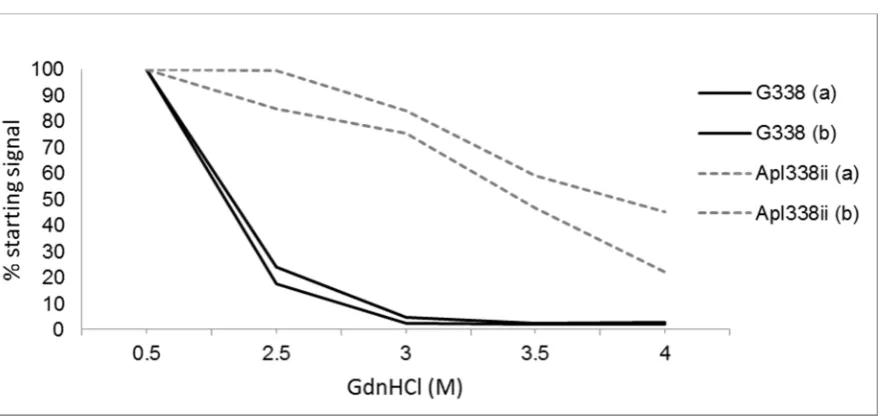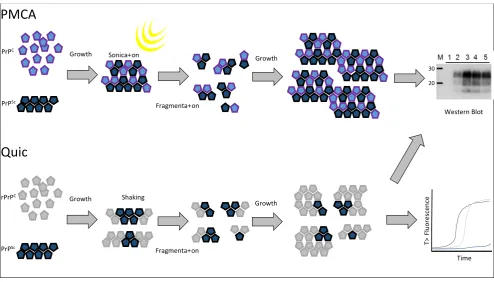Methods for differentiating prion types in food producing animals
Full text
Figure




Related documents
Abstract: In order to accelerate deployment of distributed recycling by providing low-cost feed stocks of granulated post-consumer waste plastic, this study analyzes an open
Keywords: trees , sub-trees , forests, sub-forests, forest edit similarity, forest removing similarity, local forest similarity, forest pattern matching, RNA secondary..
After controlling for other known risk factors for ROM including gender, day care, other siblings in the home, parental history of hay fever, and method of feed- ing, it was found
The results exhibited in Table 1-2 shows the coefficient and p values of this research related to different hypothesis.H1 shows the impact of size on MA practices
This yields a new type of level set evolution called distance regularized level set evolution (DRLSE) [41].This paper presents a reaction-diffusion method used
The rates for exemptions and unrecorded trade in these categories are estimated to be par- ticularly high as well with more than 80% of the value of these products entering the
Postoperative pain management with a continuous-infusion elastomeric pump providing local anesthetic into the incisional area was compared with a single-shot epidural in
The damage to the CNS caused by accidental hyperthermia in general, and more specifically to the respiratory center, and its possible etiologic role in the pathophysiology of
